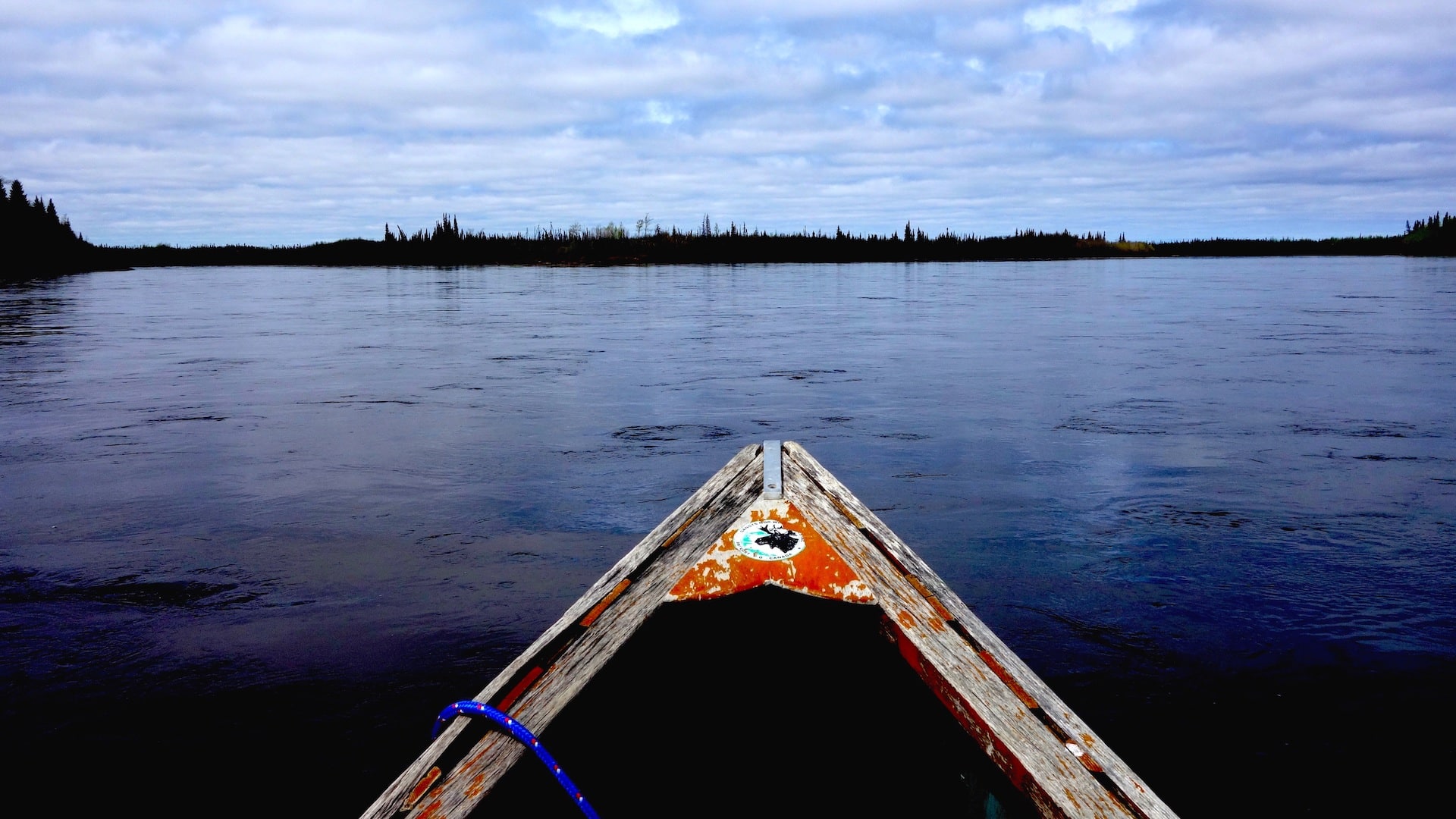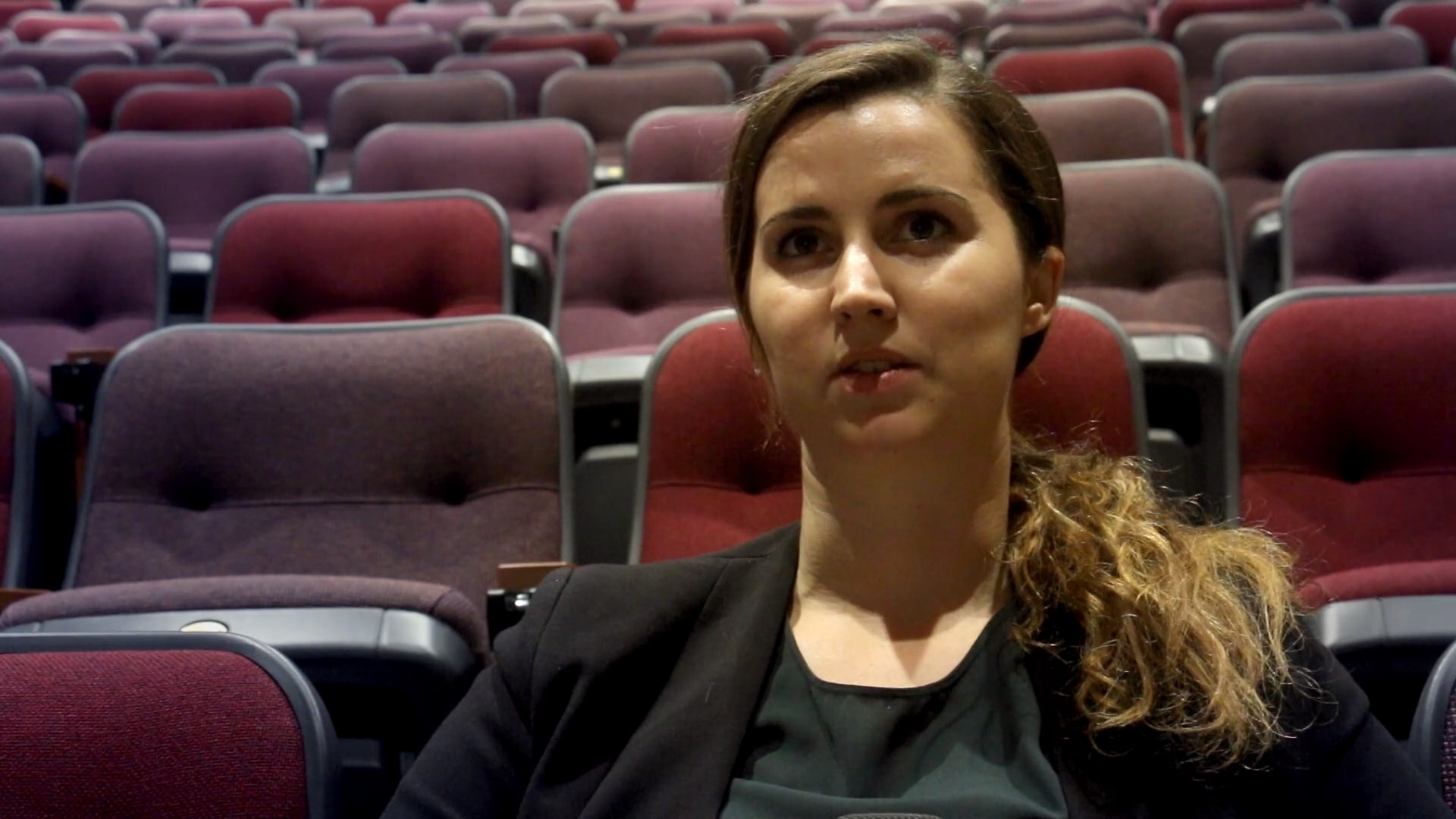A damning indictment of the de Beers diamond company and Canadian government's complicity in the oppression of Canada’s Indigenous people.
2015 · 1h26m · Canada
English
Share
About the Film
In 2008, the world’s largest diamond company, De Beers, opened one of its first mines outside of Africa, just 90 km upstream from the Attawapiskat First Nation in Northern Ontario. The former monopoly had recently closed operations in Angola and the Democratic Republic of Congo, and was undergoing a concentrated PR campaign to improve its image. The growing awareness of ‘blood diamonds’ had hurt the De Beers brand, but what followed was certainly not conflict-free either. Filmmaker Victoria Lean learned of the story when her father, an environmental biologist, was recruited by concerned community members and environmental groups to provide analysis of how mercury levels would rise with mining activity.
Shot over five years, Lean’s incendiary film presents a range of interviews with community activists, politicians, scientists, Cree elders and Chief Theresa Spence, before and during the hunger strike that helped to galvanize the Idle No More movement. The contrasts between the stark reality of Northern communities and luxurious Toronto events celebrating Canadian diamonds, complete with ice sculptures and dancers, are staggering. In the community of Shannen Koostachin, nominee of the International Children’s Peace Prize, black mold infests homes and little kids brave -40 degree weather with homemade protest signs to ask for a better school. It’s this work, done by young kids, that renders explicit the lingering effects of Canada’s troubled colonial history. In fact, it isn’t history at all, since these battles are still being actively fought. Despite being sold the dream of development by De Beers, it’s the homemade videos created by Attawapiskat youth and grassroots activists that help offer a vision for the future based on genuine truth and reconciliation.
Upcoming Screenings
Stay tuned for upcoming screenings!
Festivals and Awards
DOXA Documentary Film Festival, Nigel Moore Award
Editor
Terra Jean Long
Cinematographer
Kirk Holmes
Producer
Jade Blair and Victoria Lean
Associate Producer
Chris Wiseman
Film Related





